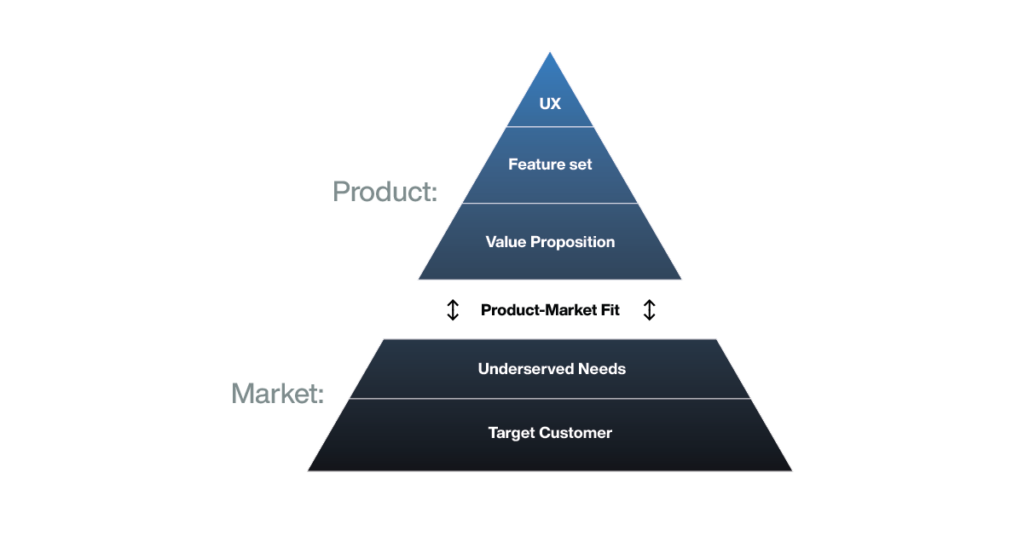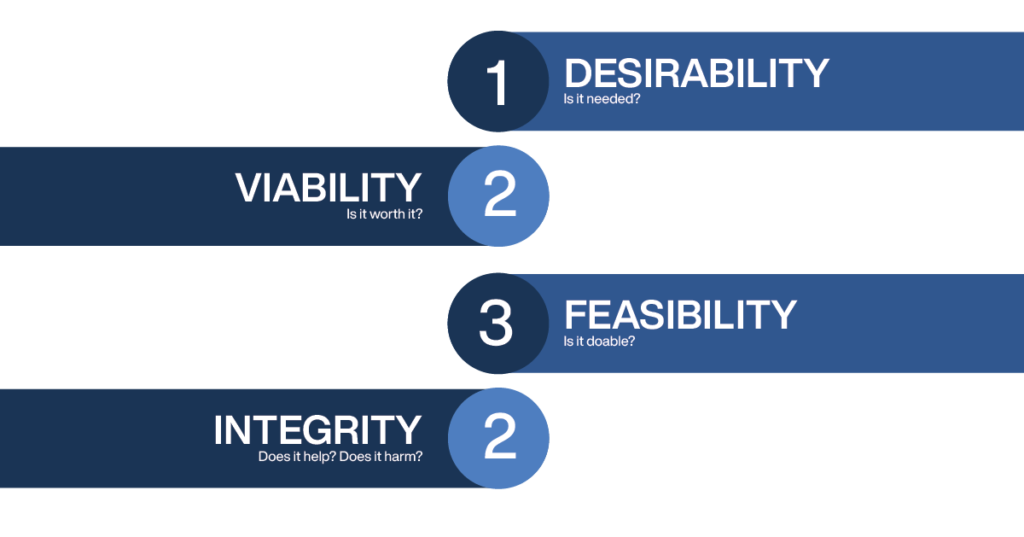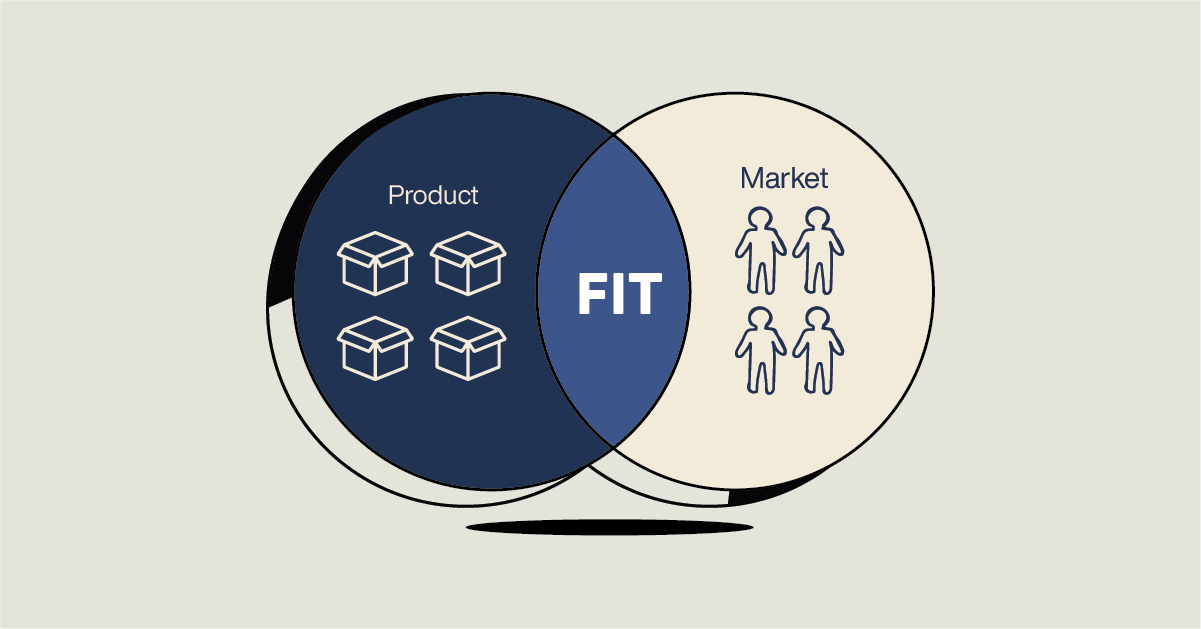Where do great ideas come from? Slack, for instance, was a complete accident. Its founders were actually in the process of building a role-playing video game, and Slack was a haphazard tool they built to communicate with each other as they worked. As time went on, they realized that there were thousands of role-playing video games on the market. Slack, however, was one-of-a-kind. There was nothing quite like it, and it satisfied a need that was, as of yet, completely underserved. Unlike their video game, Slack had fulfilled a difficult equation: the product-market fit.
Marc Andreessen, a serial entrepreneur, investor, and software engineer, defines product-market fit as “being in a good market with a product that satisfied that market.”
Other professionals argued that there was a third factor to that equation. A product-market fit does not just depend on these two elements, it also depends on a difficult decision: defining the right price point.
Dan Olsen, another entrepreneur, author, and consultant, poses an interesting hypothesis: the product-market fit does not exist in a vacuum; it must first find a customer pain point, resolve it at the best value, and then offer a product strategy that ensures a great customer experience. He calls this: The Product-Market Fit Pyramid.

As much as it’s widely theorized by these and other industry experts, all product-market fit models fulfill the same set of goals: defining your target segment, gathering information from different sources, specializing in a single vertical, specifying your value proposition, and determining the key data points you will use to measure success.
But a product-market fit is not set in stone – it changes just as fast and as often as your customers’ needs, your competitors’ offerings, and the nature of your business environment evolves.
That’s where another key step in the process comes in, one that never really ends, and that is product validation.
The product validation cycle is defined as “a process that demonstrates how the end product satisfies its stakeholder expectations (MOEs) within its operational environment.”
It happens through a preset of back-and-forth steps: collecting data, prototyping, collecting user data, testing, collecting insights through analytics, and optimizing.
For a startup to keep growing, the product validation cycle needs to be just that, a cycle. Namely, an infinite loop of reiteration takes place at every stage of the product life cycle and continues to grow the product in sync with its market.




What many startups fail to recognize, though, is that product validation comes down to more than testing product interest through user interviews vs. waitlists or opting for subscription-based newsletters over surveys to visualize sales traction.
It comes down to something a little more abstract: how the idea holds up against the big existential questions.
When we set out to find a winning idea – which years of experience has made us pretty good at doing – is apply our tried-and-tested framework, a homemade recipe that is based on four main ingredients:

Each one of these success metrics measures an idea against a unique set of appeals:
Desirability 
Viability 
Feasibility 
Integrity 
A product that fulfills those requirements not only ensures a product-market fit but checks out on a much bigger level – that of the human and their real place in the world.
Once a product is sufficiently validated for launch as an MVP, signs of product-market fit manifest themselves through a range of seemingly unrelated metrics that, in reality, deeply correlate. It experiences:










How do we do it? Well…that’s a story for another time.
Follow our blog and get more insider tips on how to grow your startup!




